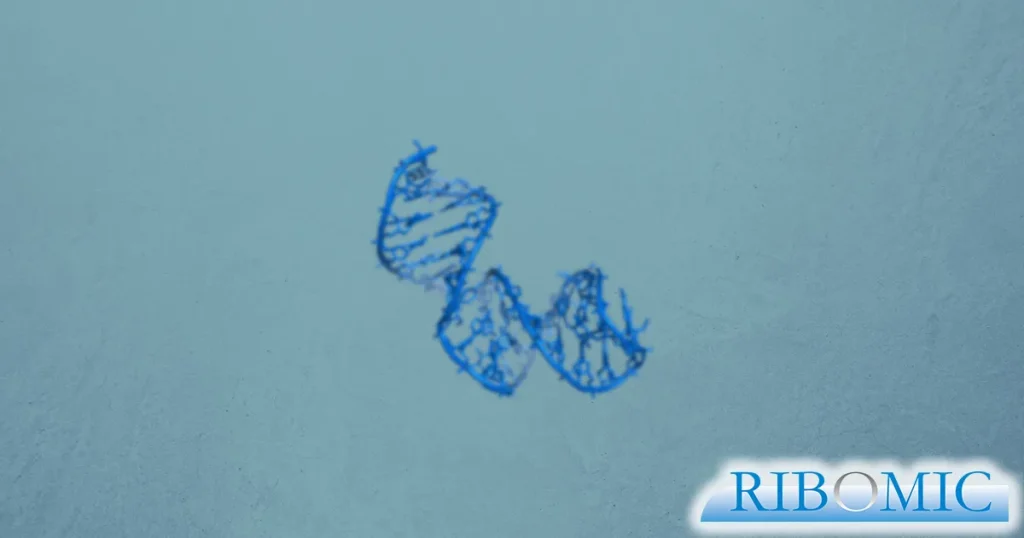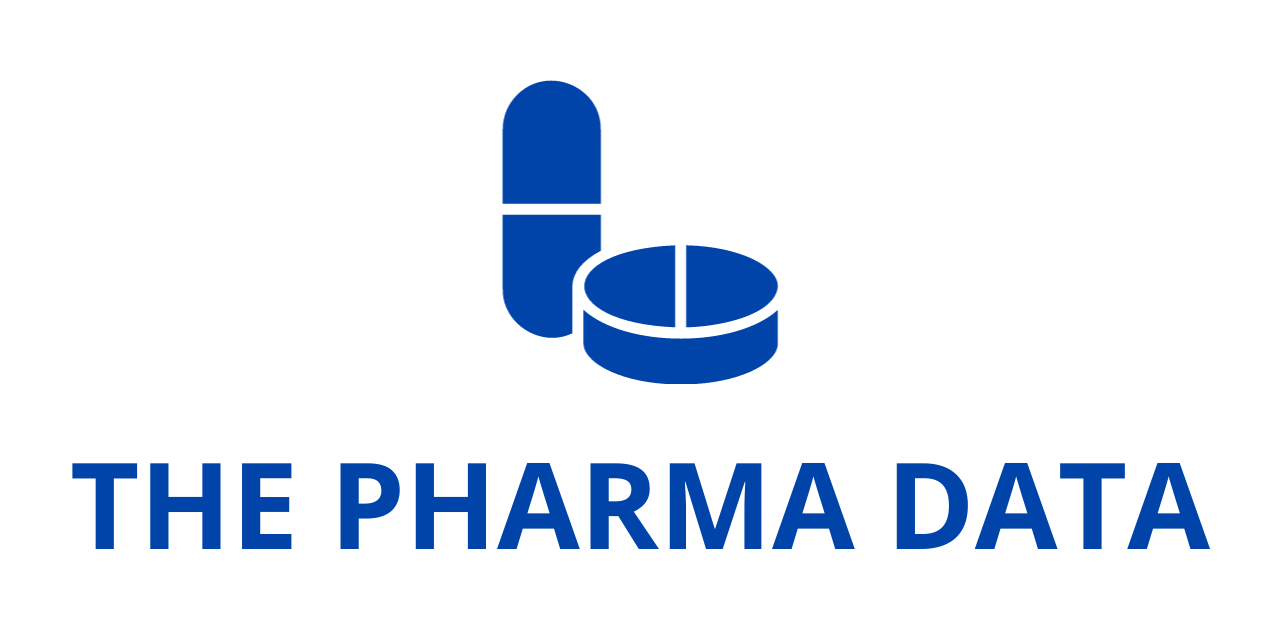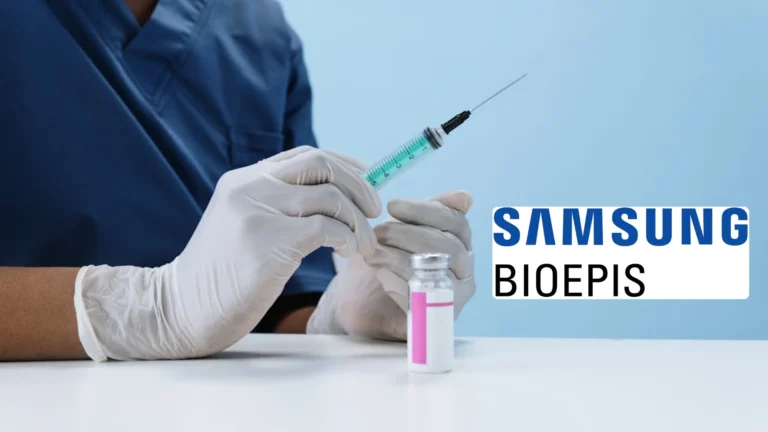
RIBOMIC’s Umedaptanib Pegol Achieves Strong Growth Outcomes in Children with Achondroplasia: Phase 2 Data Support Advancement to Late-Stage Clinical Development
RIBOMIC, Inc. (TOKYO: 4591), a Japan-based clinical-stage biotechnology company focused on aptamer therapeutics, announced highly encouraging results from its Phase 2 clinical trial evaluating umedaptanib pegol (an anti-FGF2 RNA aptamer) in pediatric patients aged 5 to 14 years with achondroplasia (ACH) — the most common form of genetic short-stature skeletal dysplasia. The trial demonstrated that umedaptanib pegol, administered biweekly at a higher dose of 0.6 mg/kg, led to a marked increase in the annualized growth rate (AGR) in the majority of participants, confirming the therapeutic potential of this novel molecule.
Aptamer-Based Innovation in Skeletal Dysplasia
RIBOMIC specializes in aptamer therapeutics—short single-stranded nucleic acid molecules that bind specific protein targets with high affinity, functioning similarly to monoclonal antibodies but offering greater stability and manufacturability. Umedaptanib pegol targets fibroblast growth factor 2 (FGF2), a key signaling molecule implicated in bone growth regulation. Excessive FGF2-FGFR3 signaling is known to suppress chondrocyte proliferation and differentiation, leading to the reduced bone elongation characteristic of achondroplasia.
By blocking FGF2, umedaptanib pegol aims to restore more normal bone growth signaling. The aptamer’s mechanism of action is supported by earlier preclinical studies, including work published in Science Translational Medicine (Kimura et al., 2021), which showed that an RNA aptamer could restore defective bone growth in FGFR3-related skeletal dysplasia models.
Phase 2 Trial Design and Objectives
The RIBOMIC Phase 2 clinical trial was designed to evaluate the efficacy, safety, and durability of umedaptanib pegol in pediatric patients with achondroplasia. The trial included two main dosing cohorts:
- Cohort 1: Low-dose group receiving 0.3 mg/kg via weekly subcutaneous injections after an initial biweekly dosing phase.
- Cohort 2: High-dose group receiving 0.6 mg/kg via biweekly subcutaneous injections after an initial monthly dosing phase.
Both cohorts received an equal total cumulative dose over the 34-week treatment period, but with different dosing intervals and concentrations to assess whether longer intervals could maintain efficacy while improving convenience.
The trial followed earlier observational studies (Note 3) that established baseline growth rates for each participant over a 26-week pre-treatment period. These baseline data provided a critical comparison to determine the true impact of umedaptanib pegol on growth velocity.
Efficacy Outcomes: Robust Growth Response in Cohort 2
RIBOMIC reported that all six pediatric participants in the high-dose Cohort 2 completed the Phase 2 trial. Notably, five of these six children exhibited accelerated growth compared to their pre-treatment rates. Among them, two participants showed particularly strong annualized growth rate (AGR) improvements of +5.0 cm/year and +2.0 cm/year, respectively.
These outcomes surpass the average height velocity increase of +1.7 cm/year observed with Voxzogo® (vosoritide), BioMarin’s FGFR3 pathway-targeted therapy, which remains the only currently approved pharmacologic treatment for achondroplasia.
The RIBOMIC mean height growth rate across all participants in Cohort 2 was +1.4 cm/year, aligning closely with Voxzogo’s established performance benchmarks—despite umedaptanib pegol requiring dosing only once every two weeks instead of daily.

Cohort 1, which completed earlier, showed similarly promising trends. Of the five subjects who finished the dosing period, three exhibited measurable height gains over baseline, including increases of +4.6 cm/year and +3.3 cm/year. The average growth rate in Cohort 1 was +1.5 cm/year, further supporting the consistency of umedaptanib’s therapeutic potential.
Together, these results indicate that higher total doses and optimized dosing intervals may enable both improved efficacy and more patient-friendly administration schedules for children requiring long-term growth-promoting treatment.
Safety and Tolerability: Clean Profile Across All Cohorts
Throughout the study, umedaptanib pegol demonstrated a favorable safety and tolerability profile, with no treatment-related serious adverse events or significant safety signals. Both dosing regimens—weekly and biweekly—were well tolerated, suggesting flexibility in administration schedules.
This safety record aligns with prior preclinical findings and strengthens the rationale for moving forward into a larger confirmatory trial population that includes younger patients.
Given that achondroplasia is a lifelong condition often requiring sustained therapy to optimize height outcomes, a biweekly subcutaneous injection regimen represents a potentially transformative improvement over daily injections, offering enhanced convenience for both children and caregivers while maintaining robust therapeutic benefit.
Proof-of-Concept Established for Pediatric Achondroplasia
With these Phase 2 results, RIBOMIC successfully achieved proof-of-concept (POC) for umedaptanib pegol in achondroplasia. The findings demonstrate that FGF2 inhibition via aptamer technology can promote meaningful height gains without compromising safety, validating a new mechanism distinct from existing peptide-based therapies such as vosoritide.
Importantly, the data also indicate that extending the dosing interval—from weekly to every two weeks—does not diminish efficacy, provided the total dose is optimized. This RIBOMIC could meaningfully improve quality of life for young patients who often face the burden of long-term treatment.
Next Steps: Advancing to Phase 3 with Enhanced Dosing Strategy
Building on these positive Phase 2 outcomes, RIBOMIC plans to initiate a Phase 3 clinical trial to further confirm umedaptanib pegol’s efficacy and safety as a novel ACH treatment. The next trial will incorporate key design enhancements, including:
- Higher dose intensity: The weekly subcutaneous dose will be increased to approximately 1 mg/kg, based on nonclinical animal model data showing dose-proportional increases in bone elongation.
- Younger age group: The trial will lower the minimum participant age to around two years, a critical window for growth intervention when skeletal development remains most responsive.
- Optimized treatment duration: The study will maintain a long enough dosing period to evaluate both short-term height velocity and longer-term growth trajectory improvements.
The Phase 3 trial is scheduled to begin in the first quarter of fiscal year 2026 and is expected to conclude by the end of fiscal year 2027. These timelines align with RIBOMIC’s regulatory strategy to seek approval by the end of fiscal year 2028, leveraging the drug’s orphan designation granted by Japan’s Ministry of Health, Labour and Welfare (MHLW). The orphan status provides several incentives, including clinical development support, fee reductions, and a potential fast-track regulatory review process.
Scientific Foundation and Mechanistic Insight
The rationale for umedaptanib pegol stems from a deep understanding of FGF2–FGFR3 signaling dysregulation in achondroplasia. Achondroplasia arises from gain-of-function mutations in the FGFR3 gene, which cause overactive receptor signaling that suppresses chondrocyte proliferation in growth plates. FGF2 is a critical upstream activator of FGFR3, and excessive FGF2-FGFR3 interaction further exacerbates the growth inhibition pathway.
By neutralizing FGF2, umedaptanib pegol interrupts this pathogenic signaling cascade, enabling more normal chondrocyte activity and restoring bone elongation. Unlike peptide therapies targeting downstream FGFR3 pathways, aptamer-based FGF2 inhibition acts earlier in the signaling sequence, potentially allowing broader therapeutic benefit with a complementary mechanism of action.
This mechanistic distinction positions umedaptanib pegol as a novel, first-in-class aptamer therapeutic for skeletal dysplasia and underscores RIBOMIC’s pioneering role in advancing RNA aptamer technologies beyond oncology and ophthalmology into the field of rare genetic bone disorders.
Implications for Patients and the Broader Achondroplasia Treatment Landscap
The emergence of umedaptanib pegol represents an exciting evolution in the therapeutic landscape for achondroplasia, which affects approximately 250,000 individuals worldwide. While BioMarin’s Voxzogo® (vosoritide) marked the first regulatory milestone for targeted ACH therapy, it requires daily subcutaneous injections, which can be burdensome for young children and their families.
RIBOMIC’s data suggest that biweekly dosing of umedaptanib pegol can achieve comparable or superior outcomes in height velocity, potentially with improved adherence and patient satisfaction. If validated in Phase 3, this could redefine the standard of care and establish a new therapeutic class centered on aptamer-based precision modulation of bone growth pathways.
Beyond achondroplasia, the success of umedaptanib pegol may also pave the way for applying FGF2-targeted aptamers in other FGFR3-related skeletal dysplasias or even in broader regenerative medicine contexts, where modulation of FGF signaling plays a role in tissue repair and development.
The completion of RIBOMIC’s Phase 2 trial marks a significant milestone in the company’s mission to deliver innovative, mechanism-driven therapies for rare disorders. Umedaptanib pegol’s ability to promote clinically meaningful height growth, combined with its clean safety profile and convenient dosing schedule, strongly supports progression into pivotal development.
As RIBOMIC prepares for its Phase 3 program in 2026, the company stands poised to bring the first aptamer-based therapy for achondroplasia one step closer to market approval. Should upcoming trials confirm these results, umedaptanib pegol could offer a transformative, less burdensome treatment option for children and families living with achondroplasia—marking a new chapter in precision skeletal growth therapy.




